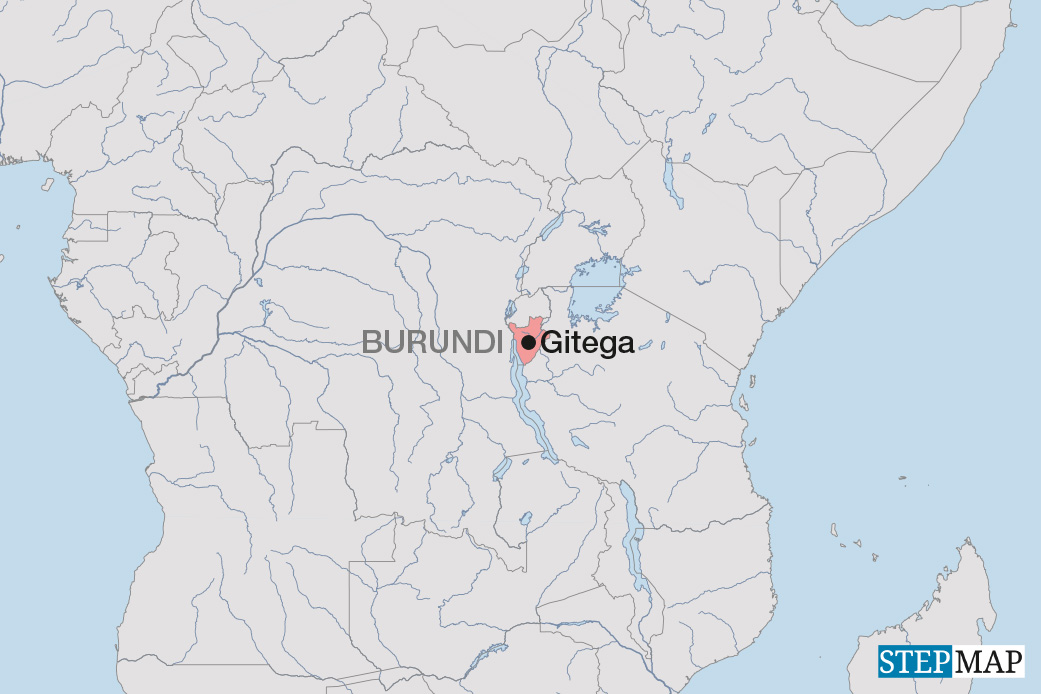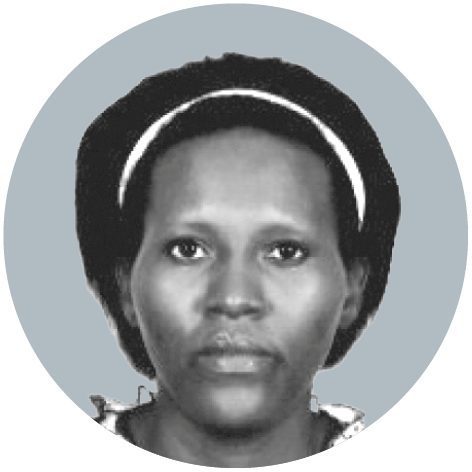Immunisation
Preventing deaths among small children

Vaccination stands as a highly effective public health measure, playing a crucial role in shielding children from life-threatening vaccine-preventable diseases (VPDs) and contributing to the substantial global decline in under-five mortality rates. The initiation of the Expanded Programme on Immunization (EPI) in 1974 by the World Health Organization (WHO) has since significantly propelled to this reduction through its comprehensive immunisation programmes. When the EPI was introduced, children in all countries received vaccines that protected them against just six VPDs. By 2022, according to the WHO, the EPI had evolved so that children in most countries could be routinely immunised against up to 12 diseases.
Beyond individual protection, vaccination fosters community immunity by ensuring high vaccination rates within a community, shielding vulnerable members from infectious diseases. Community immunity is achieved when almost all eligible persons are vaccinated. High vaccination rates are particularly critical for those who cannot receive vaccines due to various reasons, such as old or very young age. Vaccinating pregnant women is particularly beneficial, as it gives their children immunity and protects them in the crucial period before they are eligible for vaccination. For example, vaccination against tetanus has been recommended during pregnancy since the 1960s. Studies have shown that this has contributed in part to the near eradication of the disease worldwide. In addition to the tetanus toxoid vaccine, pregnant women should also be immunised against whooping cough, diphtheria and influenza.
Improved accessibility
Maintaining high immunisation rates is essential to prevent VPD outbreaks, not only among children but also older age groups. Vaccination campaigns, complementing routine immunisation services, play a key role in raising public awareness about the benefits of vaccination and ensuring access for children who may have missed vaccines as per the national EPI schedule.
Globally, the continuous increase in vaccination coverage since introducing the EPI signifies improved accessibility to vaccines for children across the world. According to the WHO, vaccines contribute to preventing an estimated 2 to 3 million deaths annually.
Benjamin M. Kagina is an Associate Professor and Director of the NITAGs Support Hub (NISH) and also serves as the Co-Director of the Vaccines for Africa Initiative (VACFA) at the University of Cape Town’s School of Public Health and Family Medicine.
benjamin.kagina@uct.ac.za
















